14+ Sample Remodeling Proposal
-

Remodeling Proposal Template
download now -
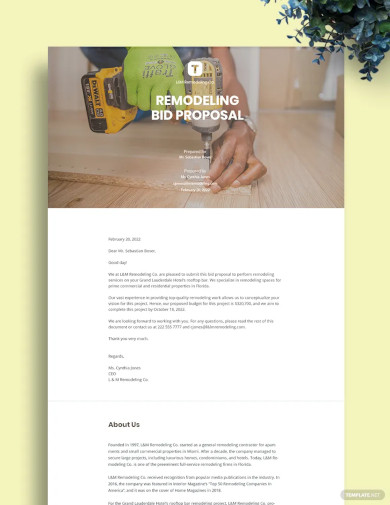
Construction Remodeling Bid Proposal Template
download now -
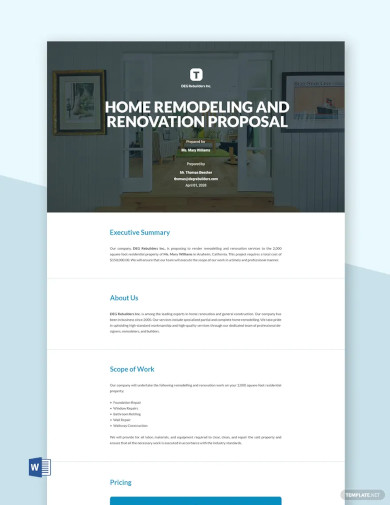
Home Remodeling and Renovation Proposal Template
download now -
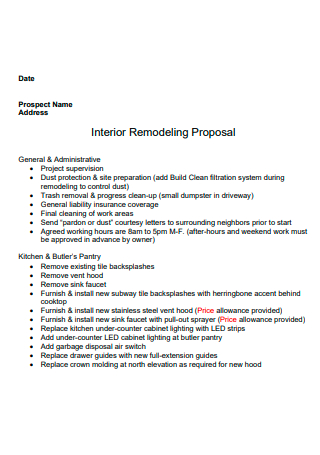
Interior Construction Remodeling Proposal
download now -
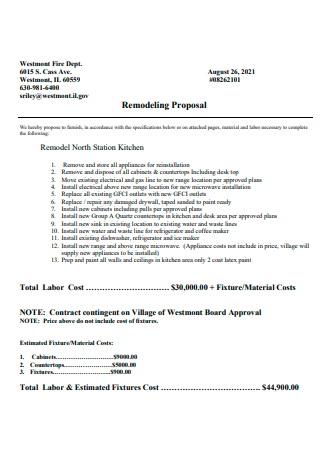
Renovation Remodeling Proposal
download now -
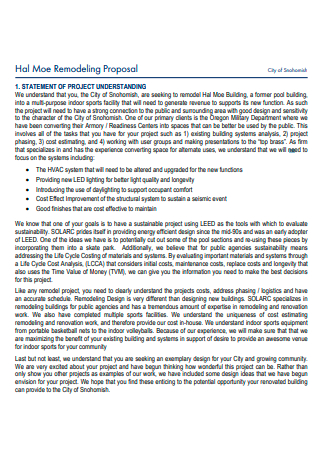
Home Renovation Remodeling Proposal in PDF
download now -
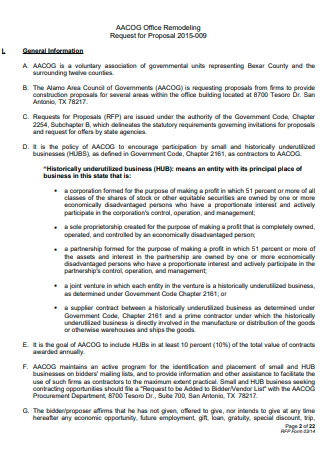
Office Remodeling Form Request For Proposal
download now -
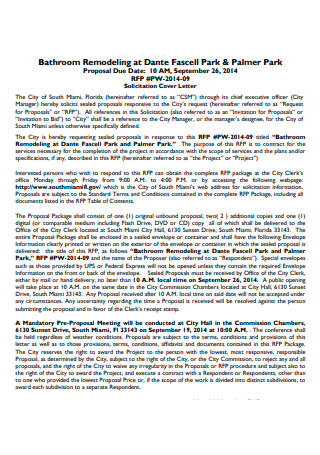
House Renovation Bathroom Remodeling Proposal
download now -

Basic Blank Remodeling Proposal
download now -
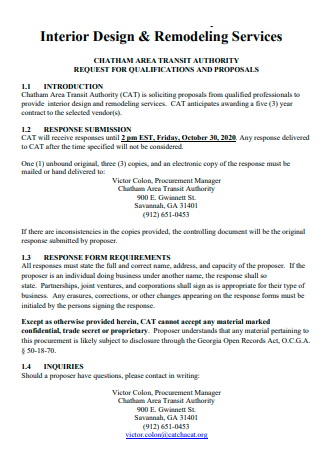
Interior Design and Remodeling Estimate Services Proposal
download now -
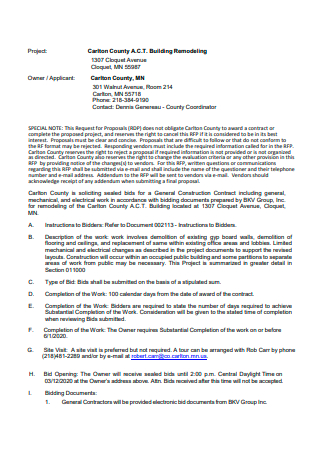
Building Remodeling Layout Proposal
download now -
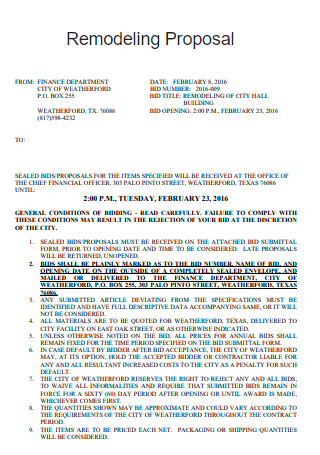
Printable Home Improvement Remodeling Proposal
download now -
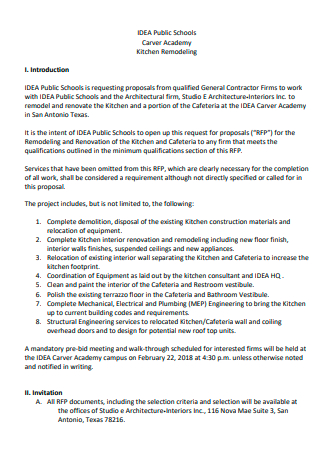
Kitchen Remodeling Proposal
download now -

Restaurant Bathroom Remodeling Proposal
download now -
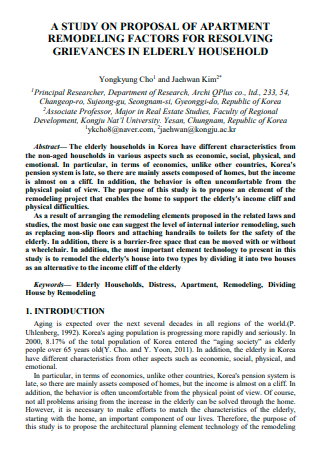
Remodeling Proposal Example
download now
FREE Remodeling Proposal s to Download
14+ Sample Remodeling Proposal
What Is a Remodeling Proposal?
What Is the Importance of a Remodeling Proposal?
What Is Remodeling?
Tips for Planning a Remodeling:
5 Steps in Planning Remodeling:
FAQs
How much is the cost of remodeling?
How long does remodeling take to finish?
What should you not do when remodeling?
What Is a Remodeling Proposal?
A remodeling proposal serves several purposes. First of all, it is a communications tool. It puts you and your potential customer on the same page and it can help your client envision the end result of the remodel.
A well-written remodeling proposal will help win over a client because a solid proposal will help the client imagine the finished project. And aside from that, it will also eliminate a lot of potential miscommunications by setting expectations.
Both you and the client will know what you are getting into from how much it will cost, what the timeline is to what the results will be. This is because a comprehensive proposal describes every step of the remodeling process. All that information makes a discreet but powerful argument for your business.
In addition, most homeowners will compare several remodelers before deciding on one. Keep in mind that your proposal will almost certainly be up against others. But you can easily stand out by making sure your proposal rises to the top so, it needs to be client-focused, clear and understandable, sample brief and on point, transparent about pricing and expectations, and visually appealing.
Rather than grabbing a generic proposal template and running with it, it is way better to add your own touches. Remember that your proposal represents you and your business. Whether you leave a printed copy with the homeowner or email them a copy, it will continue to represent you even after you finish your sales pitch. You want it to carry your unique branding style, structure, and flow.
What Is the Importance of a Remodeling Proposal?
You are writing the proposal for the client so; your focus should be on what is important to them. This means you have to provide your client the basic information about logistics. However, there is no need to go into detail about labor schedules and material delivery. You only need to include that kind of information if it will affect the client directly. The goal here is to keep the proposal short and precise. Do not overload homeowners with unimportant information.
Typically, the proposal should not be longer than a few pages. Just remember that the structure of your proposal is important. You want to break down all the information and group it into digestible sections. Moreover, it helps if the most critical info like your contact information and an overview of the project is in front and center. These are some important parts of a remodeling proposal: the branding and company information; client’s information such as their address, phone number, and email address; details about the proposed project like the scope of work, logistics, terms, schedule, etc.; the legal information like permits, warranties, and insurance and; the costs and payment options. Make sure to have all these in one go so you won’t cause any inconvenience.
What Is Remodeling?
Remodeling means the structure is being altered. Remodeling is the process of changing the functionality and the design of an area. Remodeling need not always involve major structural changes, however; it can be something as simple as turning a guest bedroom into a home office. It may involve tearing out a wall to expand a bathroom and reconfiguring a kitchen layout so the cabinets, fridge, sink, and range are in different locations. Constructing an addition to your home would also be considered a remodel. If the purpose of the area has been altered, it has been remodeled.
Remodeling is often costlier than renovating. Since remodeling may involve replacing the physical structure of a home, it is often vital to reconfigure the wiring, plumbing, and ductwork, which makes the project more complex and pricier. More professional labor is usually involved in a remodel, and the material cost is often higher as well, since many remodeling projects involve building new additions. While the final cost comparison depends on the scope of the project and the quality of the materials, because renovations are usually less complex, they are also easier on the budget.
Remodeling is a better solution to a poor home design. When a home is poorly designed, often remodeling is the only solution. Poor design is more often seen in older homes before strict building codes were the norm. If you have to walk through one bedroom to get to another, or if the water supply lines to your kitchen sink are installed in an exterior wall and freeze nearly every winter, renovations won’t solve the problems.
Tips for Planning a Remodeling:
Always ask your contractor or project team plenty of questions. Strategic planning your home remodeling, do not be afraid to quiz your contractor about every step of the process. Also, find out their professional opinion about your budget, schedule, other contractors, and materials.
5 Steps in Planning Remodeling:
Whatever the project, a remodel will involve so many details it can easily become discouraging. Use these steps in planning a home remodel to know how to organize, prioritize, and build a detailed home project plan that will help you stay on budget and on schedule.
Step 1: Create a Detailed Home Project Plan
In a remodeling project, the first step is to develop a plan that vividly states the goal for the remodeling and includes designing inspiration and an outline of the work that needs to be finished. This remodeling plan should also include blueprints or sketches of the finished project; a list of needs and wants for the plan and; project steps divided into DIY steps and steps that will require a professional.
At this stage in planning a home remodeling, investigate local zoning regulations and permits. Ensure your neighborhood is zoned for your remodel since some remodeling like garage conversions is not allowed everywhere. Check out if you will need a permit. If you are finishing a project that will change the structure of your home or the function of a room, you will most likely need a permit. Wait to apply for permits until you’ve hired a team and built a project timeline.
Step 2: Set a Budget
Next step, when planning a home remodeling, determine your budget and financing. Your budget should contain the costs for permits and building materials, labor costs and the cost of decorations or cosmetic touches.
To build your budget, you need to decide how much you want to spend and finalize financing. So, set aside at least 10% of your budget for unexpected costs. Request cost estimates from the experts. Price out all required materials. If your cost estimates do not fit in your budget, use your home improvement project plan from step one to eliminate project elements that are least priority.
Step 3: Hire Contractors
You will need to hire your team in your home project planning. Do not choose your contractors on cost estimates alone. When interviewing and choosing your contractors, also consider their years of experience because a contractor who’s been doing business for a long time makes them a safer bet than one who is new to the business. In addition, make sure your contractor has gone through all the steps needed to obtain any required certifications specific to their line of work. Ask for their license. Also, contractors should have workers’ compensation and liability insurance for the type of work they perform. Get to know about the payment schedule—a reputable contractor won’t ask you to pay the full price upfront. It is important to discuss payment terms before construction begins. In some cases, it is better to spend a little extra to get someone you are comfortable working with.
Step 4: Build a Timeline
Once you have your budget and team in place for your remodeling plan, it is time to put together your timeline. First, choose a desired start date, or if you are thinking about it completed by a specific date, work backward from that date instead. Have a discussion with your contractors to determine the length of time each parts of the project will take. Talk about which steps of the remodel need to be completed first, how long they will take, and which project portions can be done concurrently.
Additionally, be sure your timeline includes time to clean out the project area; allows for the shipping and delivery of materials and; accounts for any sick leaves/holidays your contractors may take off.
Just a piece of advice, use a calendar to mark out each step of the project. Set a completion date that includes a few days’ worth of wiggle room for unexpected issues. Confirm with your contractors or team members that the timeline is realistic and keeps you within the budget.
Step 5: Pack Up and Prepare for Your Home Remodeling
Now that your home remodeling project planning is nearing an end, it is time to prepare the space and create plans to avoid using the room while it is under construction.
Whether or not you should live in your home during construction depends on what work is being done. Renovating the master bedroom? Make new sleeping arrangements and find somewhere to store your furniture. Planning on having major work done to your kitchen? Build a temporary place to cook and eat and remove all your dishes and minor appliances. If you’re planning a whole home renovation, you might want to move out completely for a short time.
FAQs
How much is the cost of remodeling?
To get an exact idea of what your remodeling budget should be, consider the value of your home as a whole. You do not want to spend more than 10 to 15 percent of your home’s value on a single room. If you spend more, the value of the remodeling will not actually add to the value of your home. Any structural changes made to the layout or unexpected damages add significantly to the overall cost.
How long does remodeling take to finish?
A good rule of thumb, for every $10,000 spent, expect it to take 1-2 weeks to complete the work. The common total home remodel timeline: for planning, it takes a month; for demolition, it takes about 2 weeks; for HVAC, electrical and plumbing, it is 5 days; for framing and drywall, it would take 10 days; for painting, just about a week; for cabinets and fixtures, about a week; for doors and windows, just about 5 days; for clean house and air vents, for 1 day only; for flooring, takes about a week and; for trim and finish work, just a week or so. Once everything is said and done, this project would take roughly about 3 months to complete.
What should you not do when remodeling?
You should not remodel without a concrete plan. Avoid choosing expensive options when simple ones work better. Do not replace items, just repair them instead especially if it is doable. Do not ignore any ventilation, specifically, for the bathroom. You should not be installing the wrong type of bathroom flooring. Always consult an expert.
Sooner or later, you may be one of the millions of people who remodel their homes in every year or two. When you start a home remodel, asking the right questions and getting the right answers is highly important. Having good information at the outset will let you pick the right contractor, take on the right project, and budget appropriately. The more clearly you can envision the project and describe it on paper, the better prepared you will be in making your decision.
Take note that you need to figure out how much money you have to spend on the home remodeling job, furnishings, landscaping or any other cost you might incur. Once you have created your list of priorities, you will have to decide how to accomplish that vision. For the handyman or woman, a do-it-yourself remodeling project can be both rewarding and cost-effective, however, make sure that you are capable to avoid any injury.
